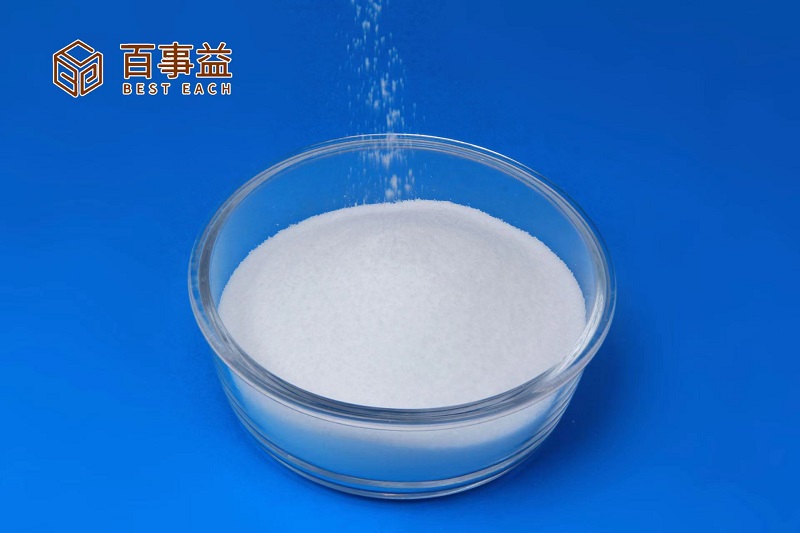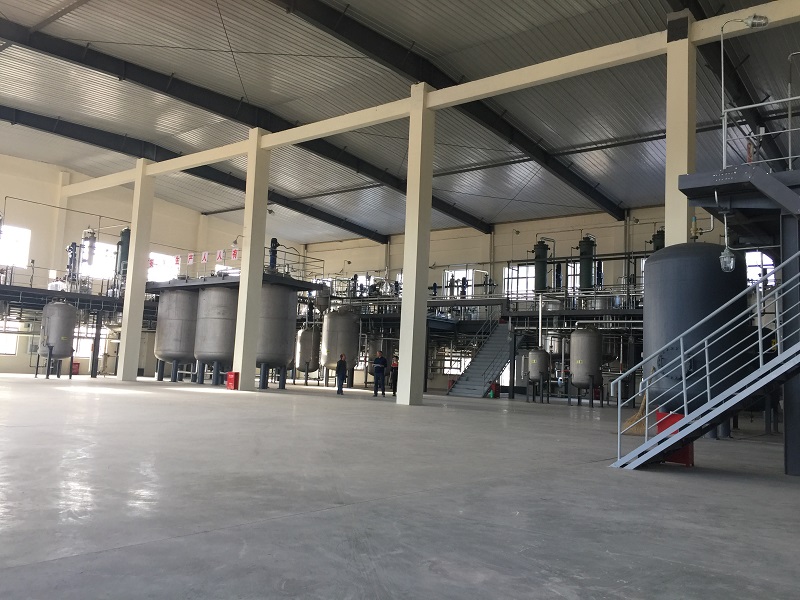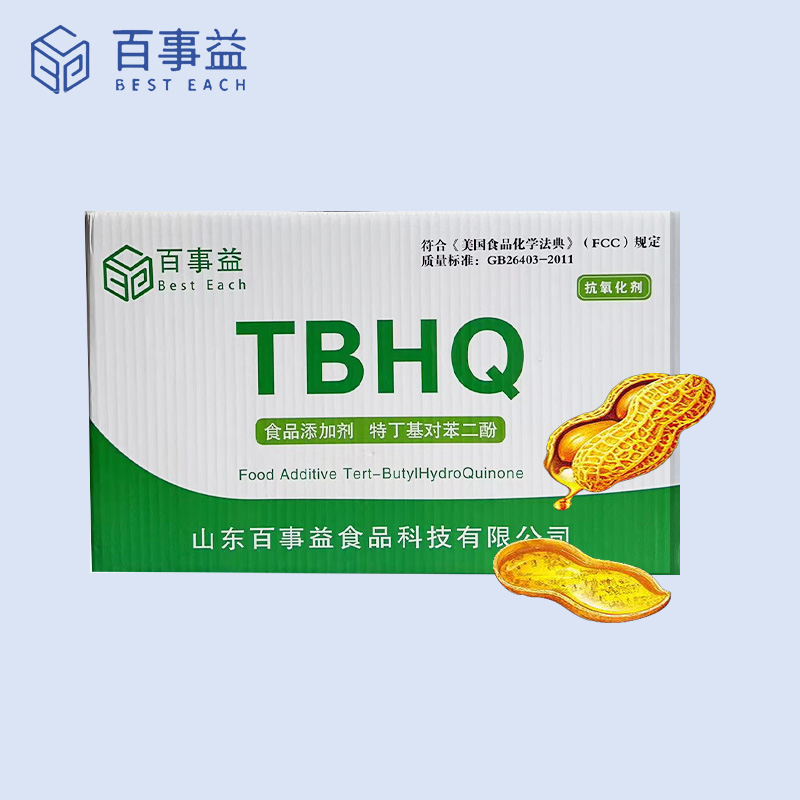Peanut oil antioxidant TBHQ
Tertiary butylhydroquinone, abbreviated as TBHQ, was approved as a food additive by the US FDA in 1972 and later by other countries around the world. It was approved for use in China in 1991. Enterprises producing tert butyl hydroquinone both domestically and internationally include Guangdong Food Industry Research Institute, Taibang, Eastman in the United States, Camlin in India, and others. At present, the production of tert butyl hydroquinone both domestically and internationally adopts the tert butylation method of hydroquinone, as shown in Figure 2. According to different classifications of alkylation reagents, it can be divided into tert butyl method, isobutylene method, and MTBE method. Due to the high toxicity of MTBE to human beings and the environment, this method is almost limited to theoretical research in the laboratory and cannot be promoted in industrial applications.
Tert butyl hydroquinone (TBHQ), also known as tert butyl hydroquinone, is a white crystalline powder with a melting point of 126.5-128.5 ℃ and a boiling point of 300 ℃. Its CAS number is 1948-33-0, and it is easily soluble in ethanol and ether. It is the most effective antioxidant for most oils, especially vegetable oils.
Product Parameters
Molecular formula: C10H14O2
Molecular weight: 166.22
CAS No.: 1948-33-0
Antioxidants are substances that prevent or delay oxidation of food, improve the stability of food and extend the storage period.

Food antioxidants can be divided into oil-soluble antioxidants and water-soluble antioxidants according to their solubility properties. Oil-soluble antioxidants can be dissolved in oils and fats, and can play a good role in antioxidant function of oils and fats and foods containing oils and fats, and prevent them from oxidative rancidity and oil burning phenomenon.
Peanut oil antioxidant TBHQ, also known as tertiary butylhydroquinone, is a phenolic oil-soluble antioxidant with high efficiency and stability, which can prolong the shelf-life and improve the safety of food in oil-rich foods. Its main applications are in edible fats and oils, fried bakery products, nuts and cereals, meat products and so on.

When used in the food industry, its biggest feature is that it does not change the original flavour of the food, so it is favoured by the global food industry, furthermore, terbutylhydroquinone does not change the flavour and colour of metal ions such as iron ions or copper ions, and its antioxidant capacity is as high as 5-7 times when compared with existing food antioxidants such as BHA, BHT, PG, and so on.
Related Products
Submitted successfully
We will contact you as soon as possible






